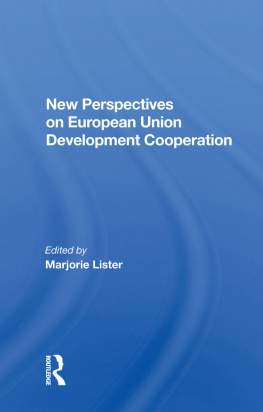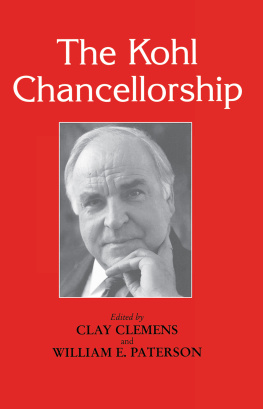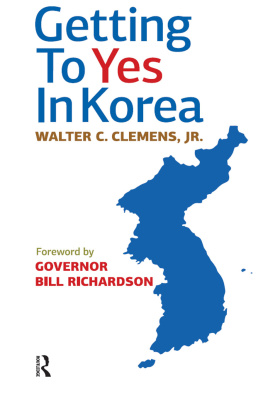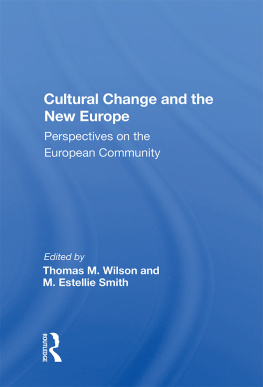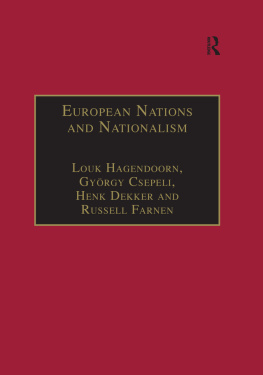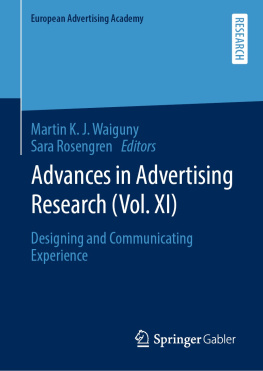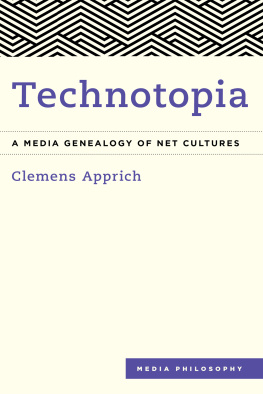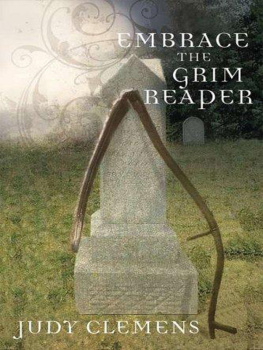Historical Urban Studies
Series editors: Richard Rodger and Jean-Luc Pinol
Titles in this series include:
Capital Cities and their Hinterlands in Early Modern Europe edited by Peter Clark and Bernard Lepetit
Power, Profit and Urban Land: Landownership in Medieval and Early Modern Northern European Towns edited by Finn-Einar Eliassen and Geir Atle Ersland
Water and European Cities from the Middle Ages to the Nineteenth Century edited by Jean-Luc Pinol and Dennis Menjeot
The Built Form of Colonial Cities Manuel Texeira
Advertising and the European City edited by Clemens Wischermann and Elliott Shore
Cathedrals of Urban Modernity: The First Museums of Contemporary Art, 1800-1930 J. Pedro Lorente
Body and City: A Cultural History of Urban Public Health edited by Helen Power and Sally Sheard
The Artisan and the European Town, 15001900 edited by Geoffrey Crossick
Urban Fortunes: Property and Inheritance in the Town, 17001900 edited by Jon Stobart and Alastair Owens
First published 2000 by Ashgate Publishing
Reissued 2018 by Routledge
2 Park Square, Milton Park, Abingdon, Oxon OX14 4RN
711 Third Avenue, New York, NY 10017, USA
Routledge is an imprint of the Taylor & Francis Group, an informa business
Copyright Clemens Wischermann, Elliott Shore and the contributers, 2000
All rights reserved. No part of this book may be reprinted or reproduced or utilised in any form or by any electronic, mechanical, or other means, now known or hereafter invented, including photocopying and recording, or in any information storage or retrieval system, without permission in writing from the publishers.
Notice:
Product or corporate names may be trademarks or registered trademarks, and are used only for identification and explanation without intent to infringe.
Publishers Note
The publisher has gone to great lengths to ensure the quality of this reprint but points out that some imperfections in the original copies may be apparent.
Disclaimer
The publisher has made every effort to trace copyright holders and welcomes correspondence from those they have been unable to contact.
A Library of Congress record exists under LC control number: 20651
Typeset in Sabon by Manton Typesetters, Louth, Lincolnshire, UK.
ISBN 13: 978-1-138-60890-0 (hbk)
ISBN 13: 978-1-138-60898-6 (pbk)
ISBN 13: 978-0-429-46064-7 (ebk)
Density and proximity of buildings and people are two of the defining characteristics of the urban dimension. It is these which identify a place as uniquely urban, though the threshold for such pressure points varies from place to place. What is considered an important cluster in one context a few hundred inhabitants or buildings on the margins of Europe may not be considered as urban eldewhere. A third defining characteristic is functionality the commercial or strategic position of a town or city which conveys an advantage. Over time, these functional advantages may diminish, or the balance of advantage may change within a hierarchy of towns. To understand how the relative importance of towns shifts over time and space is to grasp a set of relationships which is fundamental to the study of urban history.
Towns and cities are products of history, yet have themselves helped to shape history. As the proportion of urban dwellers has increased, so the urban dimension has proved a legitimate unit of analysis through which to understand the spectrum of human experience and to explore the cumulative memory of past generations. Though obscured by layers of economic, social and political change, the study of the urban milieu provides insights into the functioning of human relationships and, if urban historians themselves are not directly concerned with current policy studies, few contemporary concerns can be understood without reference to the historical development of towns and cities.
This longer historical perspective is essential to an understanding of social processes. Crime, housing conditions and property values, health and education, discrimination and deviance, and the formulation of regulations and social policies to deal with them were, and remain, amongst the perennial preoccupations of towns and cities no historical period has a monopoly of these concerns. They recur in successive generations, albeit in varying mixtures and strengths; the details may differ but the central forces of class, power and authority in the city remain. If this was the case for different periods, so it was for different geographical entities and cultures. Both scientific knowledge and technical information were available across Europe and showed little respect for frontiers. Yet despite common concerns and access to broadly similar knowledge, different solutions to urban problems were proposed and adopted by towns and cities in different parts of Europe. This comparative dimension informs urban historians as to which were systematic factors and which were of a purely local nature: general and particular forces can be distinguished.
These analytical frameworks, considered in a comparative context, inform the books in this series.
Jean-Luc Pinol
Richard Rodger
2000
Universit de Tour
University of Leicester
Source: Fliegende Bltter 136 (1912), S. 5455
Source: M. Viollet-Le-Duc, Entretiens sur LArchitecture. Atlas (Paris: A. Morel, 1863), plate 36
Source: Grands magazins oder Die Geburt des Warenhauses im Paris des 19. Jahrhundert. Photographs by Dieter Sawatzki, with an introduction by Siegfried Gerlach (Dortmund, 1989), 25
Source: Walter von zur Westen, Reklamekunst aus zwei Jahrtausenden (Berlin, 1925), 243
Source: United Sates Patent Office, The Growth of Industrial Art (Washington: Government Printing Office, 1892), 41
Source: As for
Source: Fliegende Bltter 98 (1893), 79.
Source: CH. Gibbs-Smith, The Great Exhibition of 1851 (London, 1950, reprint 1964), 51.
Source: As for
Source: Mitteilungen des Verbandes der Reklamefachleute (July 1914) 253
Source: Propoganda (3 May 1900), 2534.
Source: Mitteilungen des Verbandes der Reklamefachleute (1915), 212
Source: Mitteilungen des Verbandes der Reklamefachleute (December 1914), 355
Source: Die Reklame (1927), 19
Source: As for
Source: Public Advertiser (20 March 1760) General Advertiser (2 January 1750), British Library, Burney Collection
Source: British Museum, Heal Collection
Source: Archives Nationales, T 166.35
Source: Archives Nationales, T 166.35
Source: Archives Nationales, T 220. 57
Source: Archives Nationales, T 186.50
Source: Archives Nationales, Tl66.35
Source: Archives Nationales, T 186.52
Source: Archives Nationales, T 186.36
Source: Bibliothque Nationale de France, Print Collection
Source: Lucy Broids, The Posters of Jules Chret (New York: Dover Publications, 1997), plate XVII


